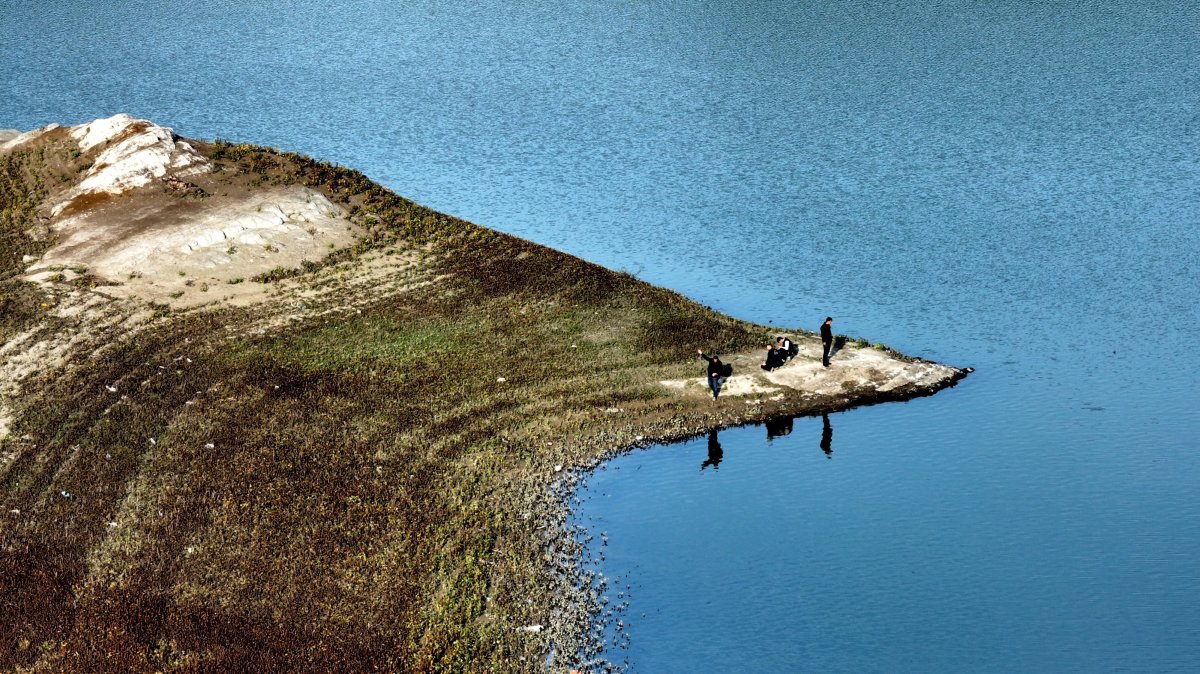Summer and fall outlook for water management – Ohio Ag Net

Report on Ohio’s 2025 Planting Season and Water Management Outlook with Emphasis on Sustainable Development Goals
Introduction
By Vinayak Shedekar, The Ohio State University
2025 Planting Season Challenges in Ohio
Ohio experienced a challenging planting season in 2025 characterized by cooler temperatures and above-normal rainfall, impacting agricultural productivity and water resource management.
Climate Data Overview
- Data from the Midwestern Regional Climate Center (MRCC) for May 1 to June 14 indicated above-normal precipitation across Ohio.
- Northwest Ohio received 1 to 4 inches more rainfall than usual, with counties near Lake Erie experiencing the highest amounts.
- Central and southeastern counties recorded 2 to 4 inches above normal precipitation.
- Average maximum air temperatures were 1 to 3°F below normal during this period, affecting crop emergence and soil drying.
Impact on Sustainable Development Goals (SDGs)
- SDG 2: Zero Hunger – The adverse weather conditions posed risks to crop yields, necessitating adaptive water management to secure food production.
- SDG 6: Clean Water and Sanitation – Excess rainfall contributed to groundwater replenishment, particularly beneficial after the 2024 drought.
- SDG 13: Climate Action – Monitoring and responding to climate variability is critical for sustainable agricultural practices.
Water Management Outlook for Summer and Fall 2025
The National Weather Service’s Climate Prediction Center forecasts for July-August-September indicate:
- Above-normal air temperatures with a 40-60% probability.
- Equal chances of above or below normal precipitation.
Recommended Water Management Strategies
- Supplemental Irrigation: Due to warmer temperatures and increased crop water demand during mid- and late-growth stages, supplemental irrigation for corn and soybeans is advised.
- Controlled Drainage: For rainfed fields equipped with drainage systems, early implementation of controlled drainage can optimize water retention.
- Stop Logs Installation:
- In June, install stop logs to store 6 to 12 inches of water above tile lines.
- In July and August, increase water table levels by 12, 18, or 24 inches depending on field conditions and crop growth phases.
These measures support SDG 12: Responsible Consumption and Production by promoting efficient water use and SDG 15: Life on Land by enhancing soil and crop health.
Upcoming Soil Health and Water Management Field Day
On August 28, 2025, The Ohio State University will host a Soil Health and Water Management Field Day at the OSU Lima Regenerative Agriculture Farm (LRAF).
Event Highlights
- Focus on regenerative farming practices aligned with sustainable agriculture goals.
- Presentations by experts, industry representatives, and farmer testimonials.
- In-field demonstrations including:
- Various cover crop mixes
- Center pivot irrigation systems
- Drainage water recycling techniques
- Water quality assessments
- Target audience: farmers, drainage contractors, agency personnel, extension educators, students, and the public.
Relevance to SDGs
- SDG 4: Quality Education – Providing educational opportunities on sustainable agricultural practices.
- SDG 6: Clean Water and Sanitation – Promoting water management innovations.
- SDG 13: Climate Action – Encouraging adaptive strategies to climate variability.
More information will be available at www.go.osu.edu/AgWater and www.ohionotillcouncil.com.
Conclusion
Ohio’s 2025 planting season and water management outlook underscore the importance of integrating climate data and sustainable practices to achieve multiple Sustainable Development Goals. Adaptive water management strategies and educational initiatives are vital to enhancing agricultural resilience, conserving water resources, and promoting environmental sustainability.
Contact Information
Dr. Vinayak Shedekar
Assistant Professor of Agricultural Water Management
Director, Overholt Drainage Research and Education Program
OSU Department of Food, Agricultural and Biological Engineering
Email: shedekar.1@osu.edu
This report is provided by the OSU Department of Food, Agricultural and Biological Engineering, OSU Extension, International Program for Water Management in Agriculture, Ohio Agricultural Research and Development Center, and the College of Food, Agricultural, and Environmental Sciences.
1. Sustainable Development Goals (SDGs) Addressed or Connected to the Issues Highlighted in the Article
-
SDG 2: Zero Hunger
- The article discusses challenges in crop planting and water management for corn and soybeans, which are critical for food production and agricultural sustainability.
-
SDG 6: Clean Water and Sanitation
- Focus on water management practices such as controlled drainage, irrigation, and water table management to optimize water use and replenish groundwater.
-
SDG 13: Climate Action
- References to climate data, seasonal outlooks, and adapting agricultural practices to changing weather patterns highlight climate resilience and adaptation efforts.
-
SDG 15: Life on Land
- Emphasis on soil health, regenerative agriculture, and sustainable farming practices to maintain ecosystem health and biodiversity.
2. Specific Targets Under Those SDGs Identified Based on the Article’s Content
-
SDG 2: Zero Hunger
- Target 2.4: By 2030, ensure sustainable food production systems and implement resilient agricultural practices that increase productivity and production.
-
SDG 6: Clean Water and Sanitation
- Target 6.4: By 2030, substantially increase water-use efficiency across all sectors and ensure sustainable withdrawals and supply of freshwater to address water scarcity.
- Target 6.6: Protect and restore water-related ecosystems, including mountains, forests, wetlands, rivers, aquifers, and lakes.
-
SDG 13: Climate Action
- Target 13.1: Strengthen resilience and adaptive capacity to climate-related hazards and natural disasters in all countries.
-
SDG 15: Life on Land
- Target 15.3: By 2030, combat desertification, restore degraded land and soil, including land affected by drought, and strive to achieve a land degradation-neutral world.
3. Indicators Mentioned or Implied in the Article to Measure Progress Towards the Identified Targets
-
SDG 2 Indicators
- Crop yield per hectare for corn and soybeans, reflecting agricultural productivity and food security.
- Adoption rate of sustainable and regenerative agricultural practices (e.g., cover crops, controlled drainage).
-
SDG 6 Indicators
- Water use efficiency in agriculture (volume of water used per unit of crop produced).
- Groundwater levels and replenishment rates, especially after drought conditions.
- Extent of water stored above tile lines in drainage systems (measured in inches).
-
SDG 13 Indicators
- Temperature and precipitation anomalies compared to historical averages (e.g., rainfall 1-4 inches above normal, temperatures 1-3°F below normal).
- Frequency and impact of climate-related events affecting planting and crop growth.
-
SDG 15 Indicators
- Soil health parameters monitored during field days and research (e.g., soil moisture, organic matter content).
- Area under regenerative agriculture practices and cover crops.
4. Table: SDGs, Targets and Indicators
| SDGs | Targets | Indicators |
|---|---|---|
| SDG 2: Zero Hunger | 2.4: Ensure sustainable food production systems and implement resilient agricultural practices. |
|
| SDG 6: Clean Water and Sanitation |
|
|
| SDG 13: Climate Action | 13.1: Strengthen resilience and adaptive capacity to climate-related hazards. |
|
| SDG 15: Life on Land | 15.3: Combat desertification and restore degraded land and soil. |
|
Source: ocj.com

What is Your Reaction?
 Like
0
Like
0
 Dislike
0
Dislike
0
 Love
0
Love
0
 Funny
0
Funny
0
 Angry
0
Angry
0
 Sad
0
Sad
0
 Wow
0
Wow
0









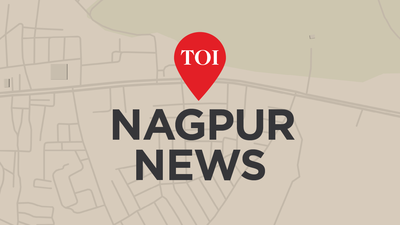








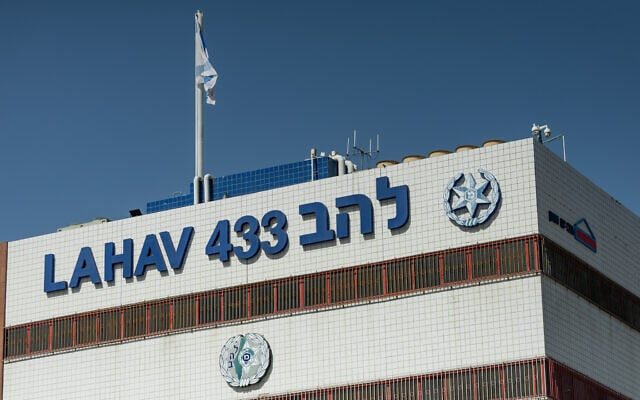









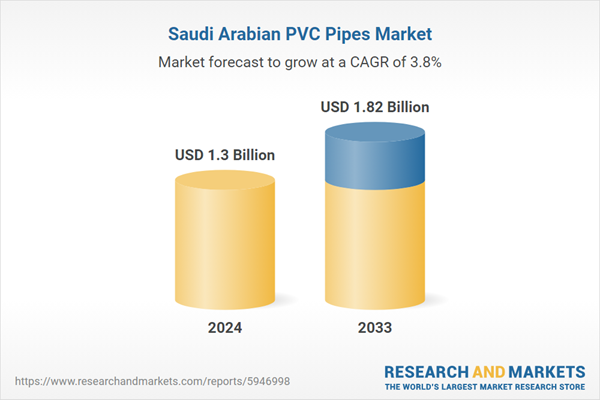





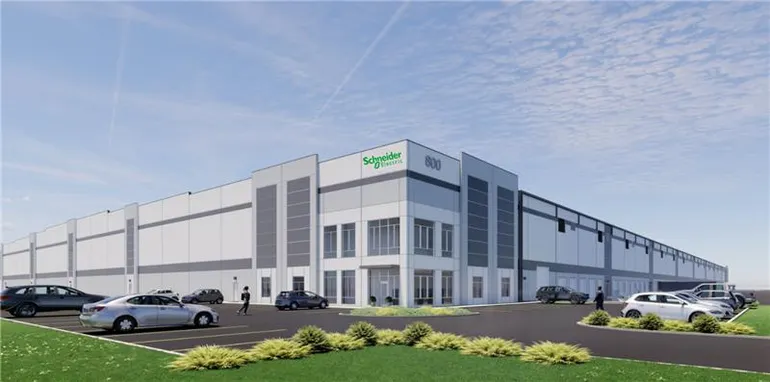
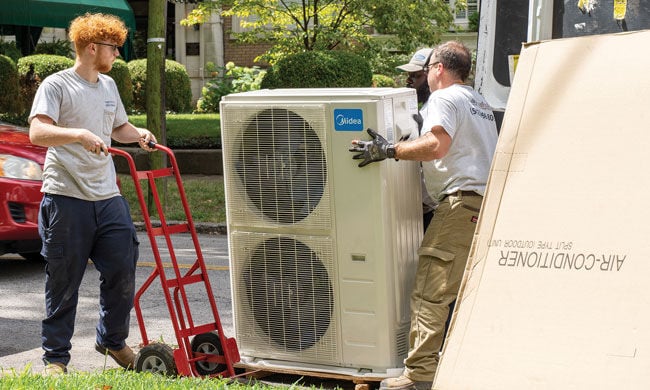


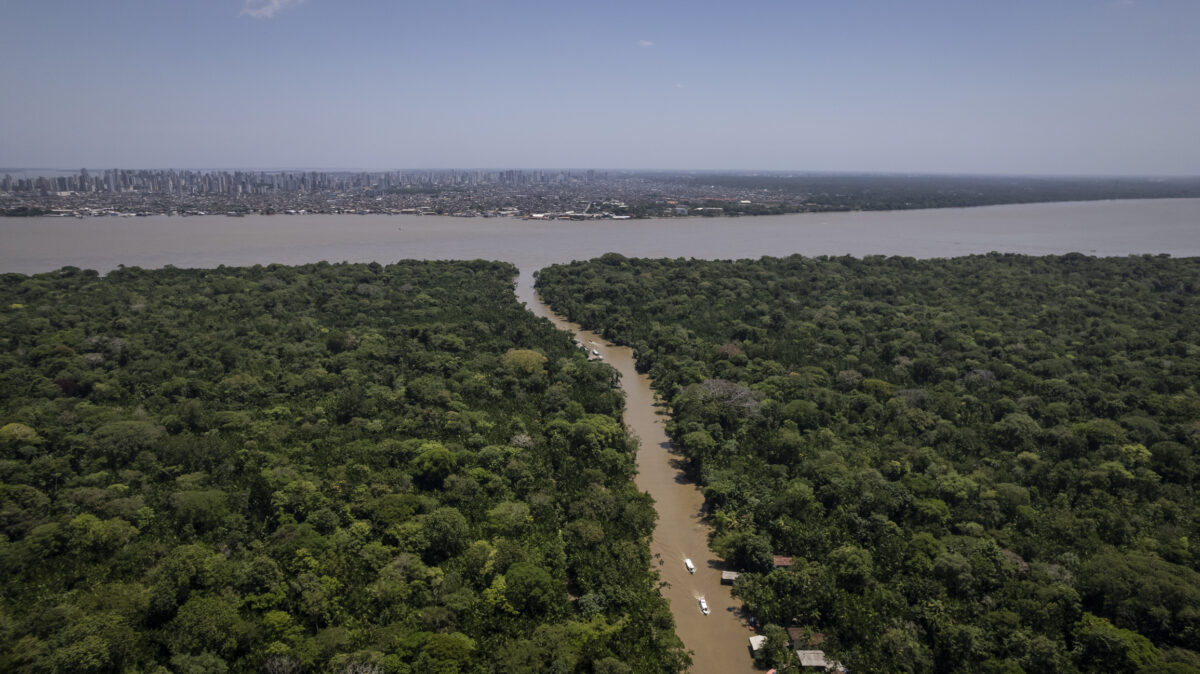

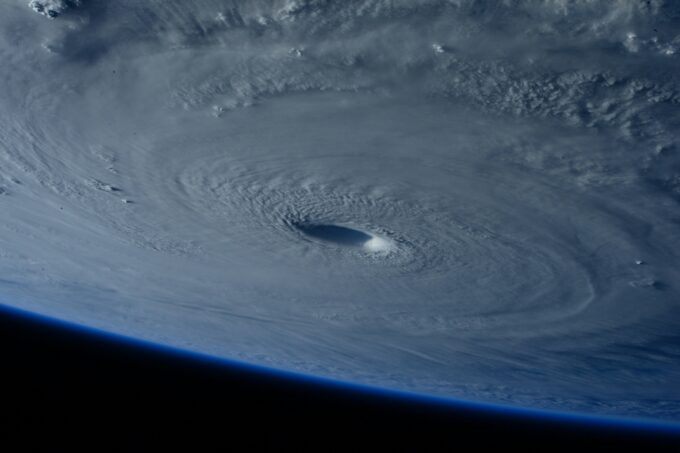

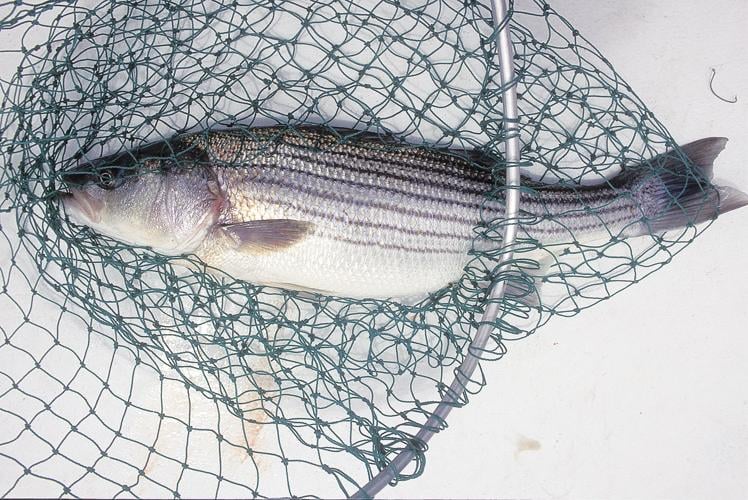


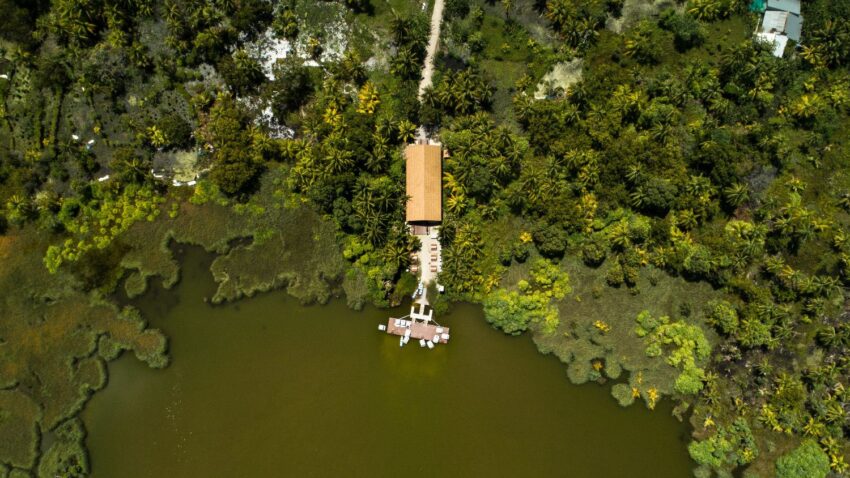



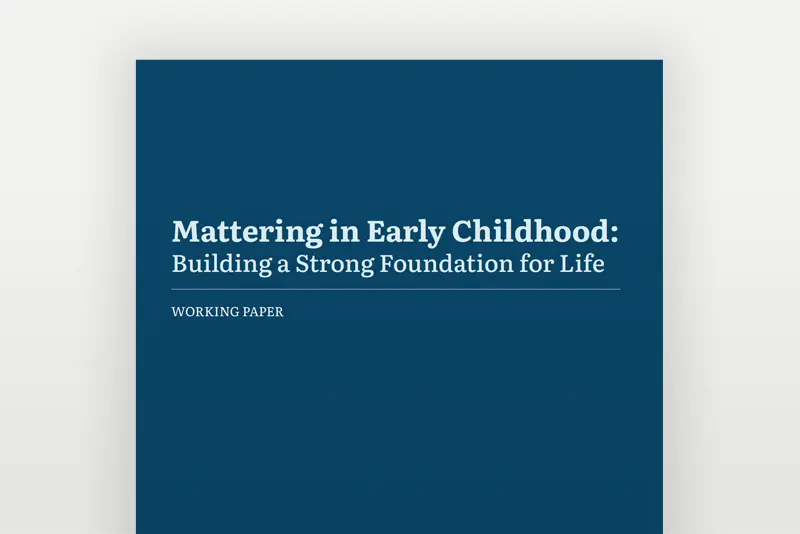















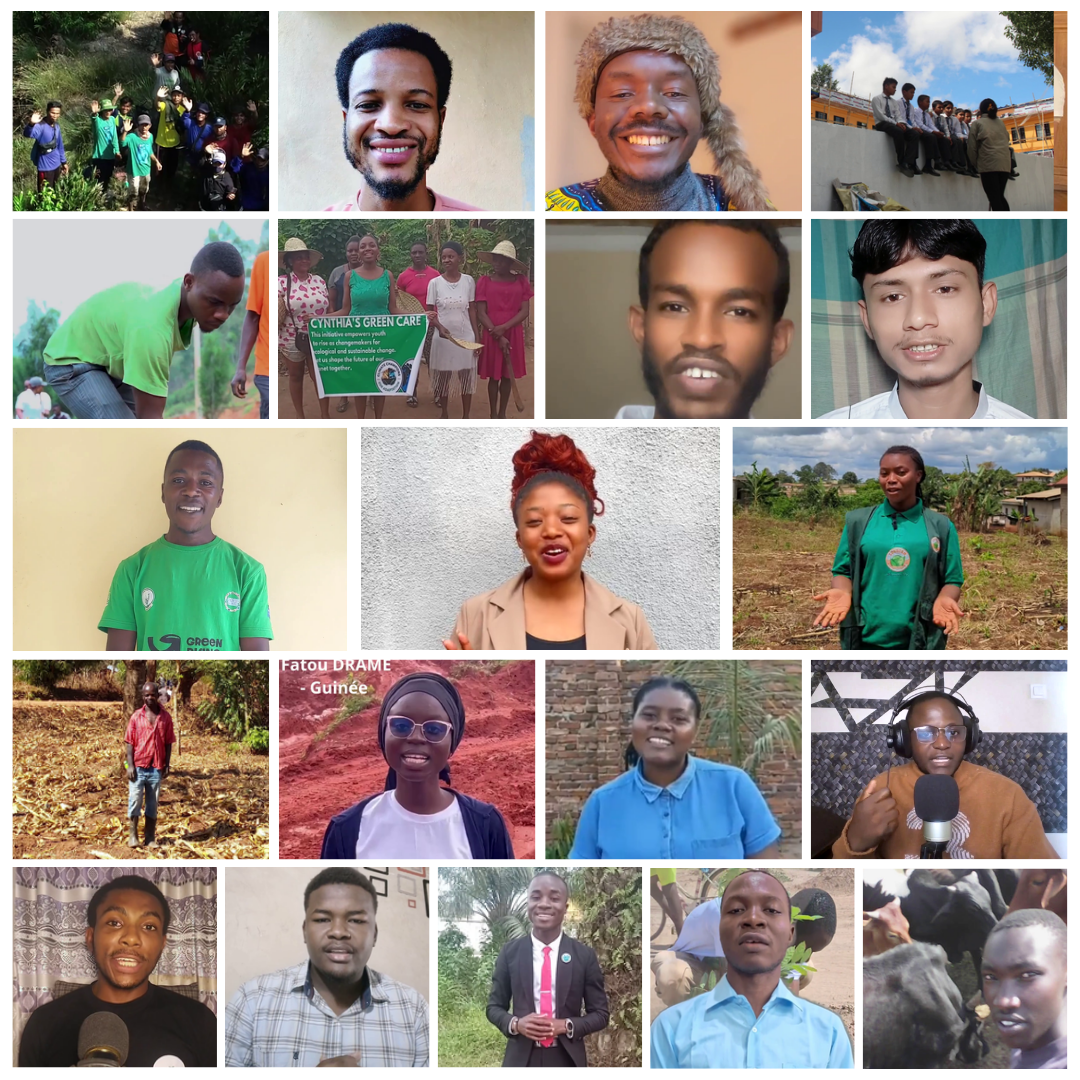

![Researchers make stunning discovery after examining farmland treated only with organic fertilizers for decades: ‘[Will] help us to move forward’ – Yahoo](https://s.yimg.com/ny/api/res/1.2/3L0P0FPqkjE3WnMzzyYfCQ--/YXBwaWQ9aGlnaGxhbmRlcjt3PTEyMDA7aD02NzU7Y2Y9d2VicA--/https://media.zenfs.com/en/the_cool_down_737/57799e9b15a63409ce83a563a09661b4?#)

